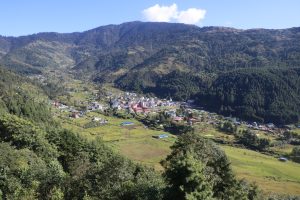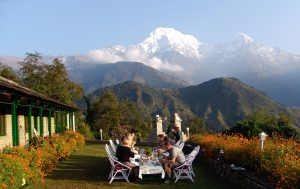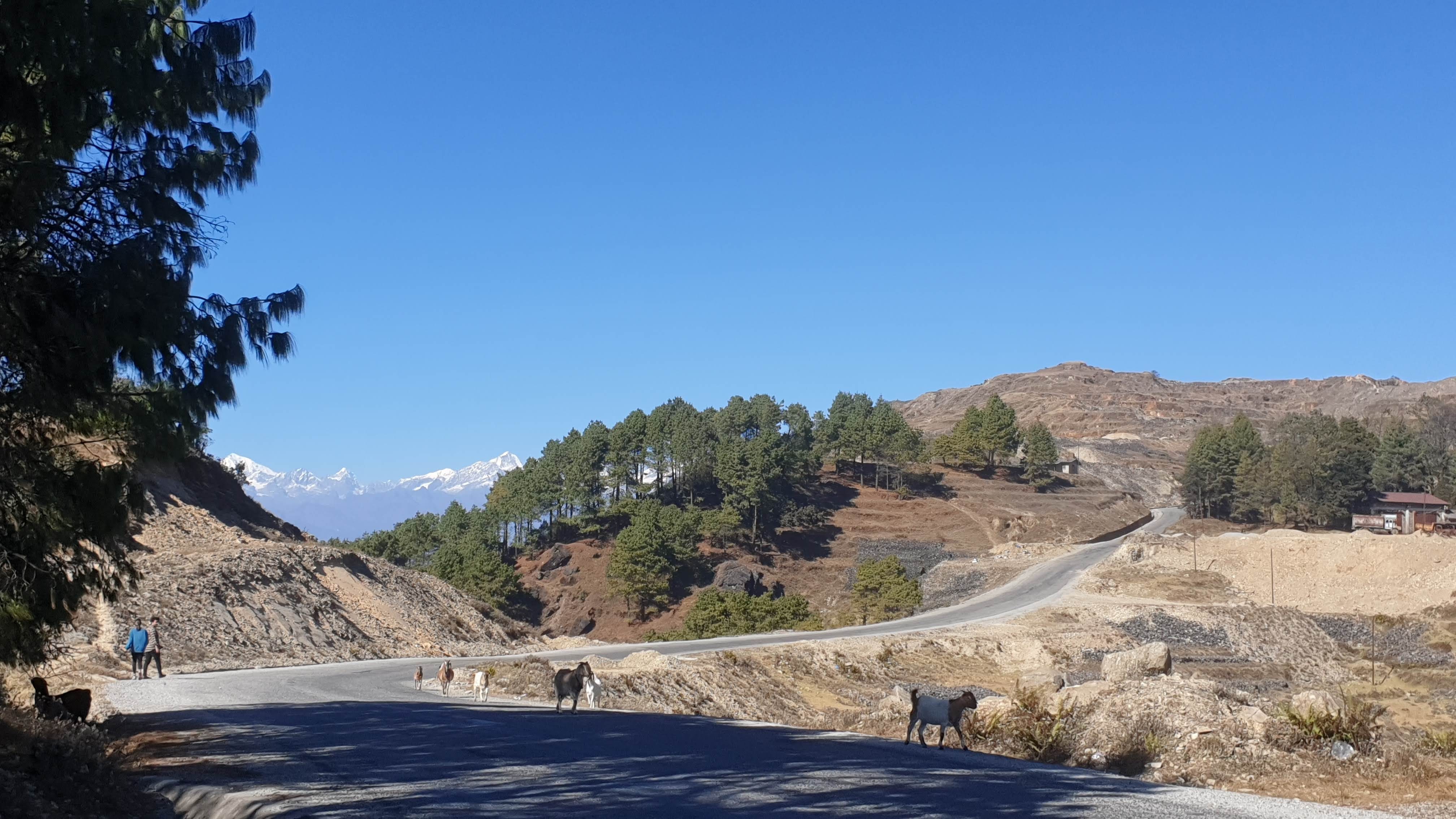
When I was in Dolakha last year, I became so sure that all of Nepal’s natural beauty lies either in Dolakha or Kaski. Once upon a time, I assumed Kaski to be the sole goddess of aesthetic nature in Nepal. While I might not have been to the Everest region, Kaski for me was the ultimate destination for a nature lover.
However, my assumption was joyfully shattered when sunlight from Dolakha reflected into the cornea of my eyes, revealing the scenic beauty of the region. At that moment, I witnessed the best version of nature, and people refer to it by the name of Dolakha.
In fact, Dolakha embodies a trinity of nature’s beauty, holiness, and culture. Anyone travelling to the district for the first time, whether for official matters, visiting relatives, trekking, etc., is unlikely to leave without receiving blessings from the revered deities, Bhimsen and goddess Kalinchowk Bhagwati. The temples dedicated to Bhimsen and Kalinchowk Bhagwati are regarded as Nepal’s most celebrated holy places.
The famous mountain, Gaurishankar, is named after Parvati (Gauri) and Shiva (Shankar) by the locals who believe the land is the sacred abode of Parvati and Shiva. That is what made me believe how Dolakha’s nature, culture, and holiness harmoniously complement each other.
A journey to Dolakha leaves behind a residue of peace and harmony. For those for whom a trip feels incomplete without a visit to a holy place or a renowned temple—a sentiment commonly shared among Nepalis—Dolakha is the perfect destination of choice.
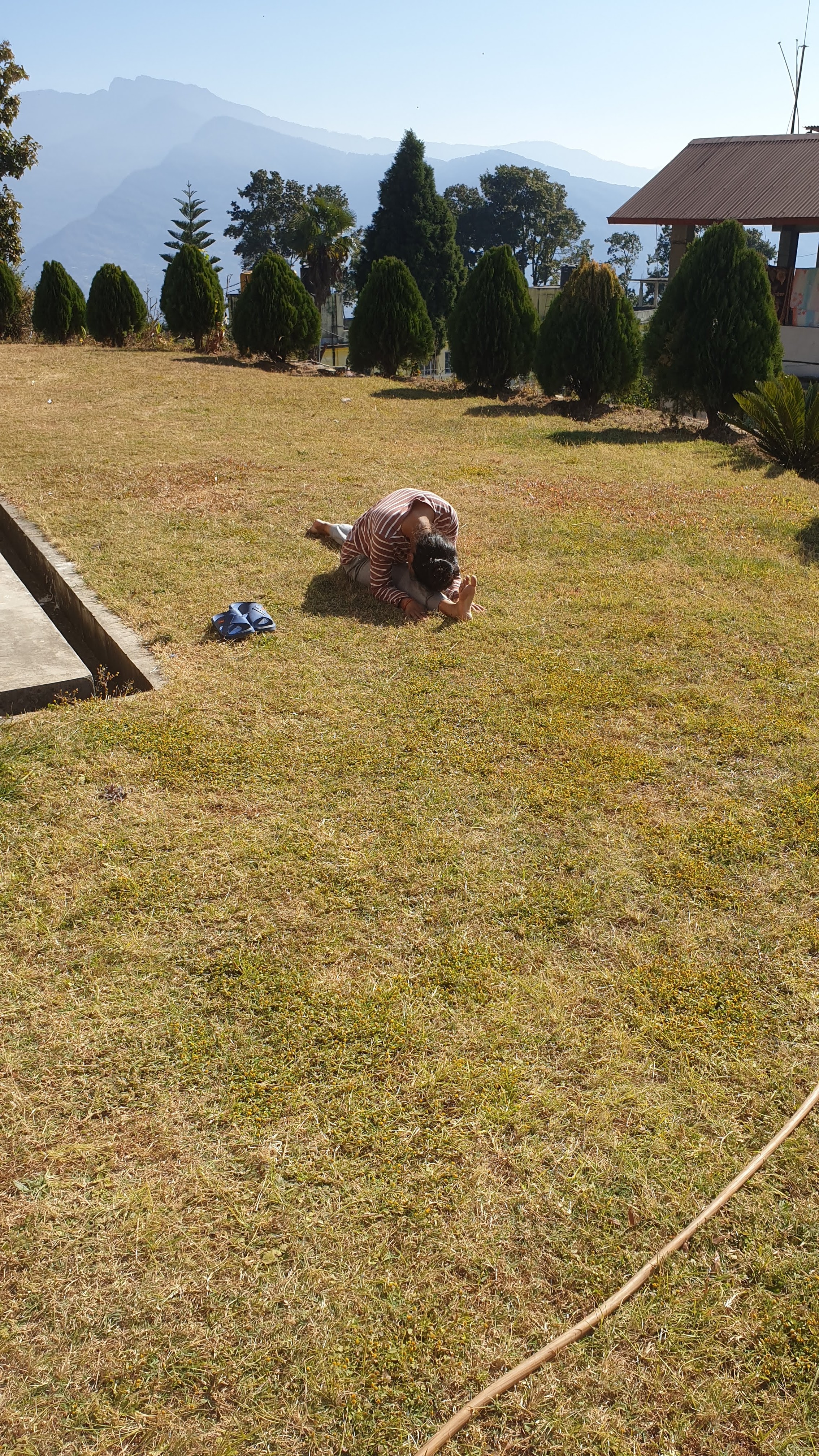
Throughout the day, I relished the sight of Gaurishankar soaring high in the clear blue sky.
A few inches below Gaurishankar are the green hills folded one after another similar to students standing in line wearing a green uniform during morning prayer in the school’s playground filled with sunlight amid the winter season.
The blue sky, snow-capped Gaurishankar and green hills have added a new shade of colour to nature’s canvas and decorated the landscape so mesmerisingly that you can only find it in Dolakha.
During an interaction with a local on the last days of my trip, I was told that Dolakha lies in a mountain ecological region and is a mountain district. Perhaps, this is the reason for such distinguished beauty.
I giggled in my head as I thought I should have guessed that, considering I studied social studies diligently during my school days, and it was my favourite subject. Additionally, my social studies teacher remains my favourite teacher to this day.
The joys of Dolakha
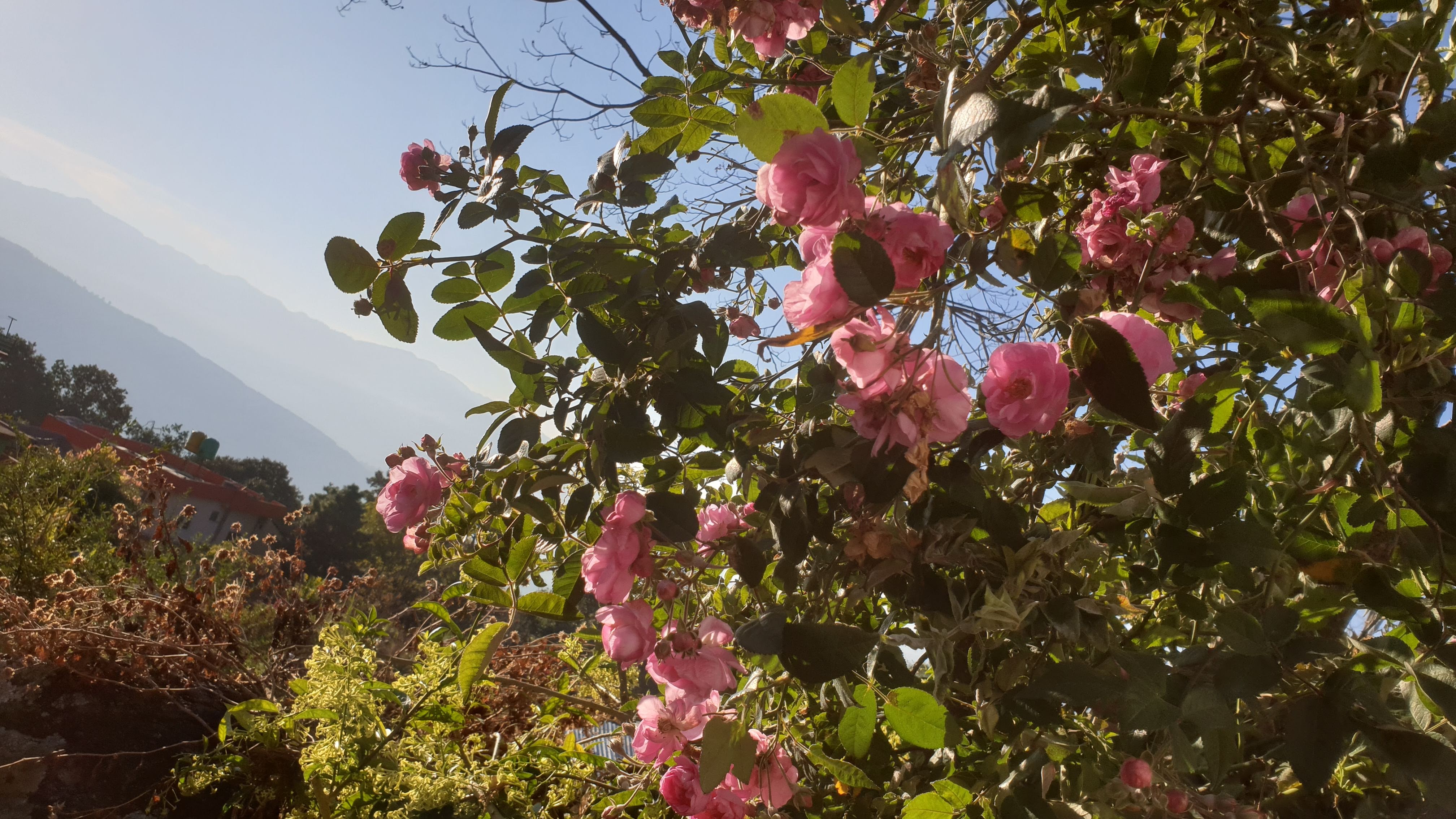
The Kiwi from Dolakha is probably the best found in Nepal. Sprawling across a spacious flat land known as Sailung Danda, Dolakha boasts innumerable hilltops. Jiri, once considered the gateway to Everest, presents delightful Yak and Chauri milk products like Chhurpi, serving as indigenous souvenirs. The tourist infrastructure is organically evolving, prioritising comfort for visitors without compromising the serenity of nature or diminishing its freshness.
A mere four-hour drive from the capital, Kathmandu, unveils the splendid natural landscape that serves as the district’s unique adornment. The short distance is not only a convenience but also a privilege for Kathmandu residents.
Upon my return to routine, a colleague shared a similar experience about her visit to the district. The breathtaking views of the mountains and hills she witnessed had a transformative effect, altering the memories she had carried from her initial visit to Dolakha some years ago.
All photos courtesy: Sajama Nepali





